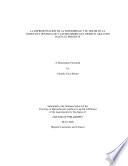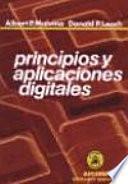La Representacion De La Enfermedad Y El Dolor En La Narrativa Peninsular Y Latinoamericana Desde El Siglo Xix Hasta El Presente
Resumen del Libro

Various approaches to the problem of inexplicable body pain exist. According to Elaine Scarry in The Body in Pain, physical pain resists language by returning it to its original state, crying, before language is learned. Pain is projected in crying because suffering has no referent, and thus cannot be given objective reality in words. This viewpoint frames the problem of communicating pain as a struggle between doubt and certitude, and not as an intellectual challenge. Other theorists describe how referents are created to explain the phenomenon. Most theories on physical suffering are rooted in the dualistic conception of mind and body. The body is seen as a complex machine for apprehending reality whereby mind and body are inextricable. The dualist view born of modernity posits reason as the translator of sensation. In this way only an interpretation arrived at through reason—in other words, subjected to the discourses of power—can hold. For our analysis we take these conflicts—the division between human suffering and the rationalizations of it—as our starting point, however, we propose that all interpretations, beyond requiring that pain or disease have a biological, social, religious, philosophical or other justification, entail an ethical approach. This is because all knowledge wishing to do justice to both the physical and spiritual aspects of pain and disease requires an ethos. Only an ethical position that accounts for relationships with the other can interpret and understand suffering. Our study relies on Emmanuel Levinas theories on alterity and the constitution of the subject. Levinas argues that pain gives alterity its impact. Disease and pain confront us with our own mortality. In that uncertainty, alterity is expressed. In this framework, we consider nineteenth and twentieth century Spanish American and Peninsular texts and how disease and physical pain are represented.





